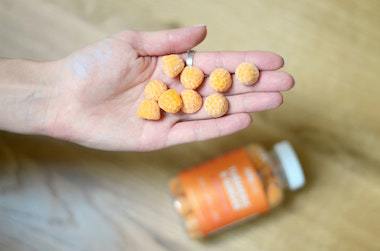
The cannabis business has looked for additional lesser-known cannabinoids to compete in the diversified cannabis market after the tremendous success of delta 8 THC as a legal alternative to the more restricted availability of delta 9 THC. Hexahydrocannabinol, abbreviated HHC, is one of the newest and most promising.
What exactly is HHC?
HHC is a THC cousin that has long been known to research but was rarely mentioned by cannabis users until lately in https://injoyextracts.com/collections/hhc-gummies. HHC is a minor cannabinoid found naturally in cannabis, but in insufficient quantities to make extraction cost-effective. Because commercial manufacturing of HHC is still in its early stages, it is not generally known.
By changing the chemistry of the molecules, most cannabinoids may be transformed to other cannabinoids. Commercial HHC, like delta 8 THC and delta 10 THC, is created in a lab using chemical methods from hemp-derived CBD. HHC has one significant legal benefit over delta 8 and delta 10: it is not referred to as THC.

How is HHC created?
Chemist Roger Adams developed HHC in the 1940s. He made HHC by introducing hydrogen into the THC molecule and modifying its physical characteristics. The hydrogenation technique was initially detailed in a 1947 patent publication.The structure of delta 9 THC is modified by hydrogenation by replacing a double bond with two hydrogen atoms, which increases its molecular weight and makes it more stable.
Is HHC psychoactive? Are there any adverse effects?
This is a little tough. Although HHC is not officially a THC, it has comparable effects when used in sufficient quantities. An HHC batch is a mixture of active and inactive HHC molecules when manufactured in the lab. The active HHC attaches to cannabinoid receptors in your body whereas the others do not. Manufacturers haven’t worked out a cost-effective technique to separate high-potency HHC from its low-potency twin, so commercial HHC—a combination of the two forms—may be a gamble for the customer. However, HHC has discernible impacts.
